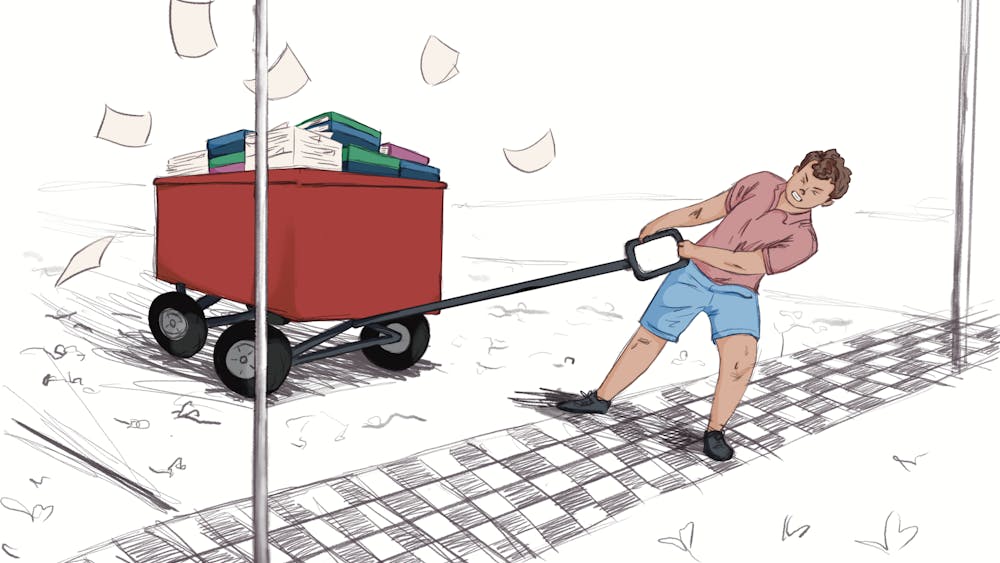Your water bottle may be BPA-free, but a recent paper published by researchers at the State University of New York at Fredonia, has shown your water may still be contaminated with industrial lubricants and microplastics such as polypropylene, nylon and polystyrene.
Industry giants including Coca-Cola and the American Beverage Association have treated the research — which has yet to be peer-reviewed or published in a major scientific journal — with a justifiable degree of skepticism.
However, when contextualized with other past studies, the ubiquity of microplastics in many consumer products should warrant further environmental and medical investigations.
Many major organizations have already treated microplastics as a genuine threat to our global ecosystem and population health. In 2015, former President Barack Obama signed a bipartisan bill to prohibit the use of microbeads — solid plastic particles less than five millimeters in diameter — in various hygiene and cosmetic products. The World Health Organization announced last week it would be launching a review of current research to further determine what threat microplastics may pose.
A 2017 Planetary Health publication from world-renowned medical journal The Lancet concluded microplastics cause problems in dire need of further research.
One of the primary health concerns is not the microplastics themselves, but the ability for these plastic fragments to bind to chemical toxins such as BPA and DDT, which have been linked to endocrine disruption and potential carcinogenic activity in humans.
Because these microplastics can carry these toxins, the environmental ubiquity of microplastics can lead to bioaccumulation, increasing the concentration of toxins in organisms higher up on the food chain — like humans.
One of the most profound examples occured in Japan’s Kumamoto prefecture in the 1950s and 60's when methylmercury released by a local plastic manufacturing plant contaminated the Minamata Bay and other surrounding ecosystems.
The extremely toxic heavy metal bioaccumulated in the fish and shellfish consumed by local communities, leading to thousands of deaths and permanent neurological deficits.
Microplastic-linked bioaccumulation will almost definitely be found to have far less deleterious effects on human health. Researchers from the Food and Agriculture Organization of the United Nations studying microplastic contamination in fish and other aquatic organisms concluded more than 90 percent of microplastics consumed by humans pass through the gastrointestinal tract and end up excreted in solid waste.
Medical literature has documented cellular oxidative stress, bone degradation and organ lesions associated with microplastic exposure from surgical materials, but dietary exposure to microplastics is much less concentrated and direct.
The seven-microgram microplastic exposure described in the FAO’s worst-case scenario seafood consumption, for instance, would contribute to less than one-tenth of a percent of the total dietary exposure to plastic-additive toxins.
The FAO concludes “it is important to consider the unavoidable increase of micro- and nanoplastics in the future as a result of degradation of plastics already released in the environment as well as future inputs.”
Further research is still necessary to understand the potential health effects of microplastic exposure, and the potential damage caused by bioaccumulation should never be underestimated.
Beyond this, 8 to 12 million metric tons of plastics end up in the ocean each year — by 2050, scientists predict there will be more plastic by weight in the oceans than fish. Whether micro- or macroscopic, these plastics most certainly damage our important marine ecosystems.
We as a global community need to develop methods to discontinue this contamination and reverse the damage we have already caused.





